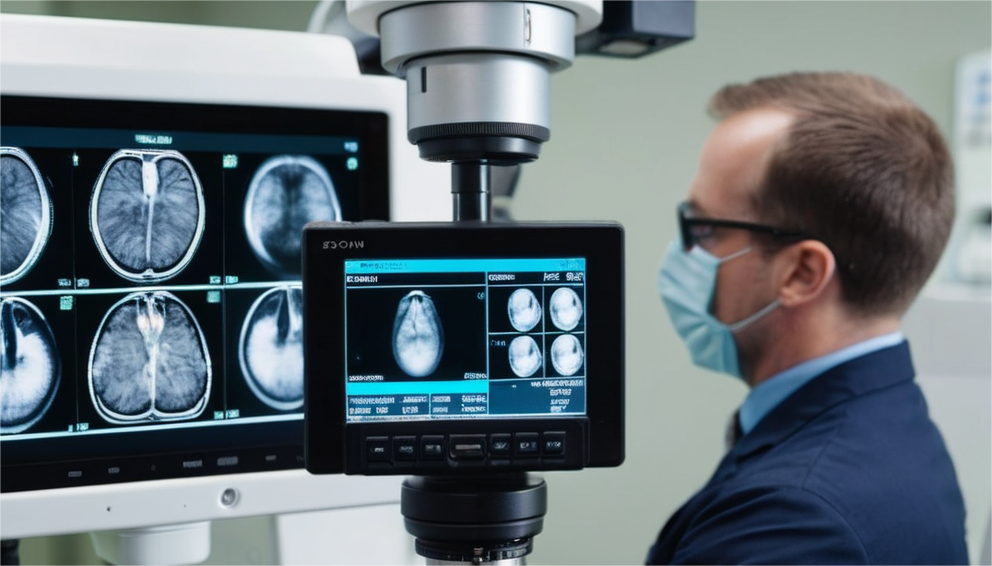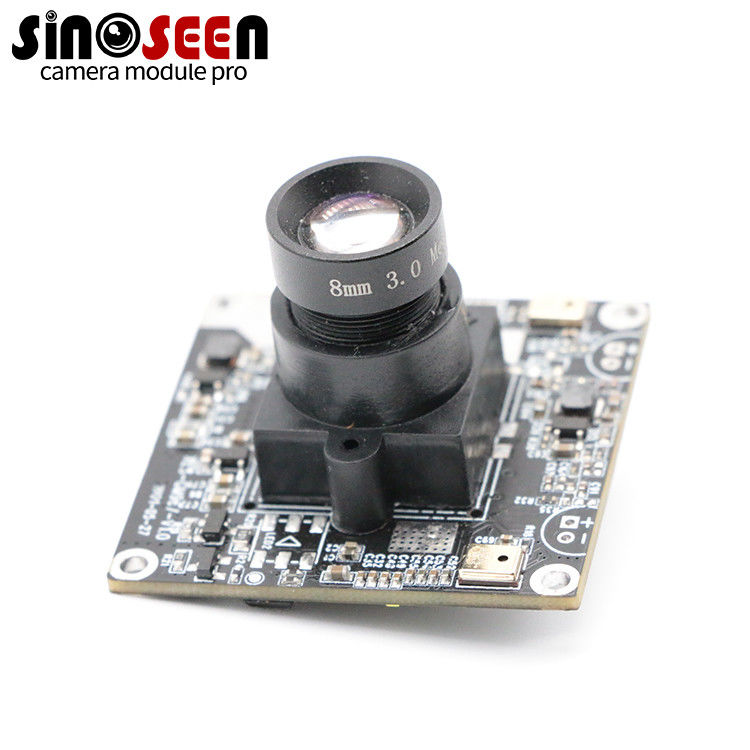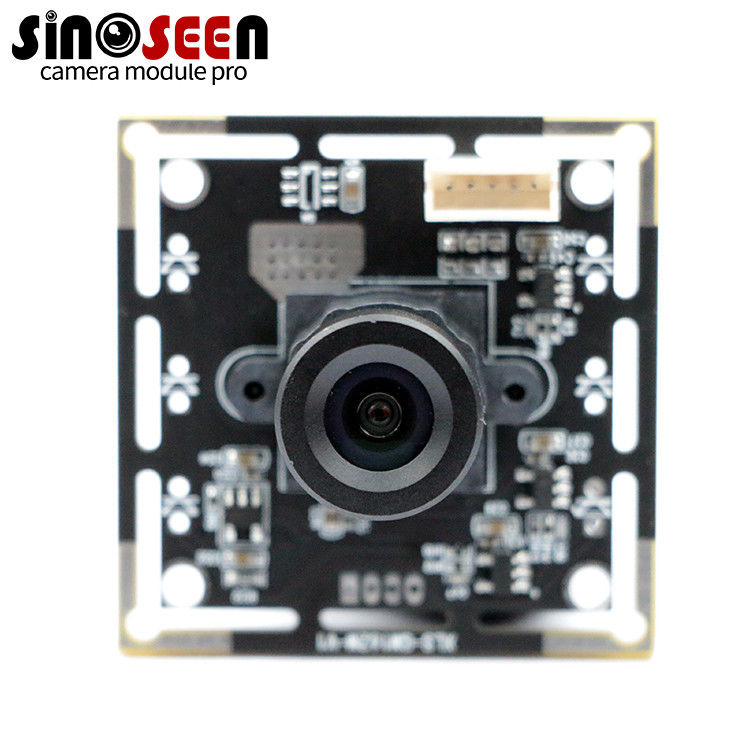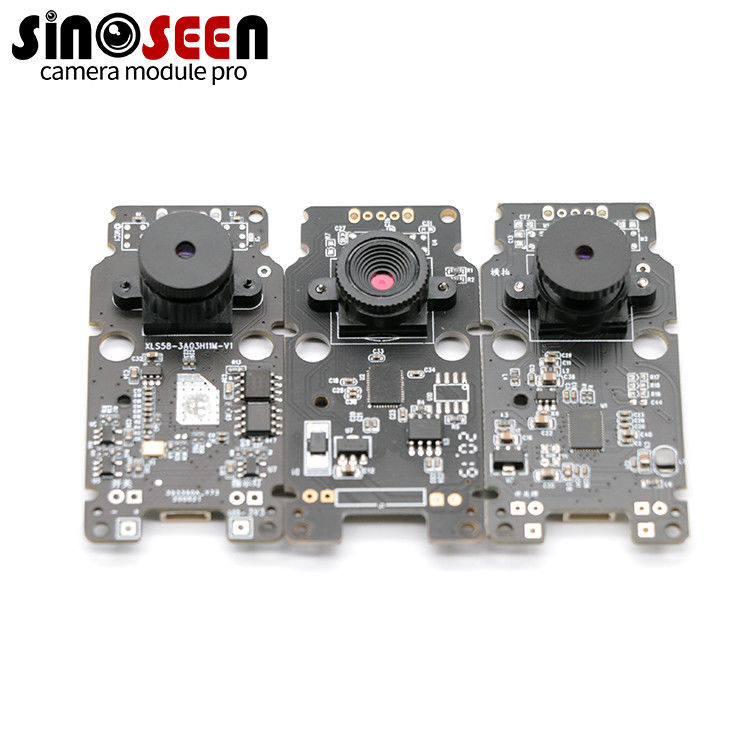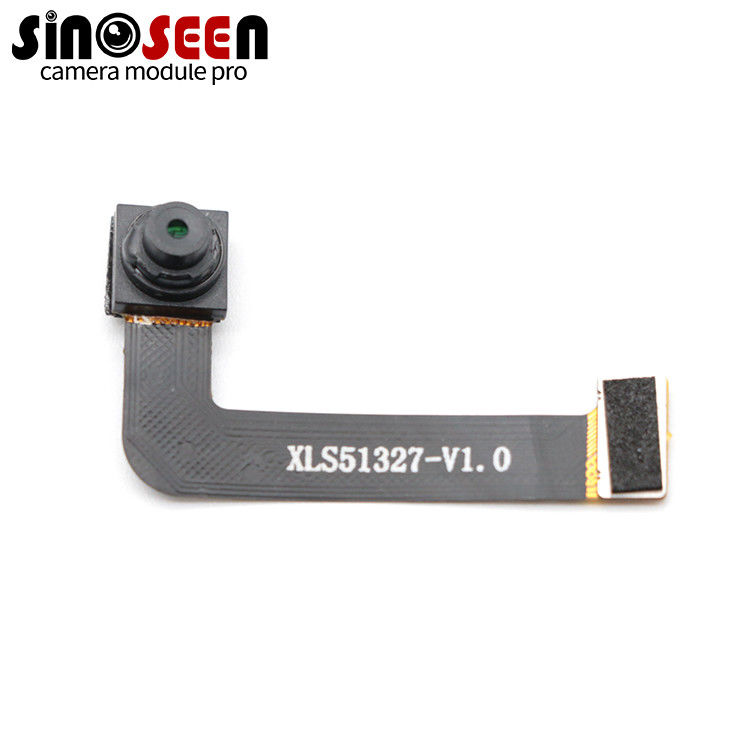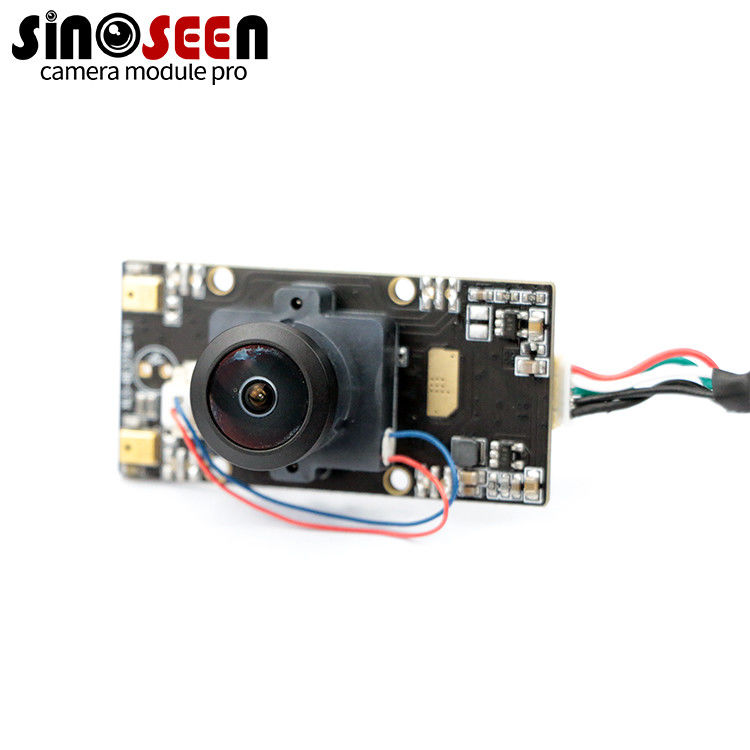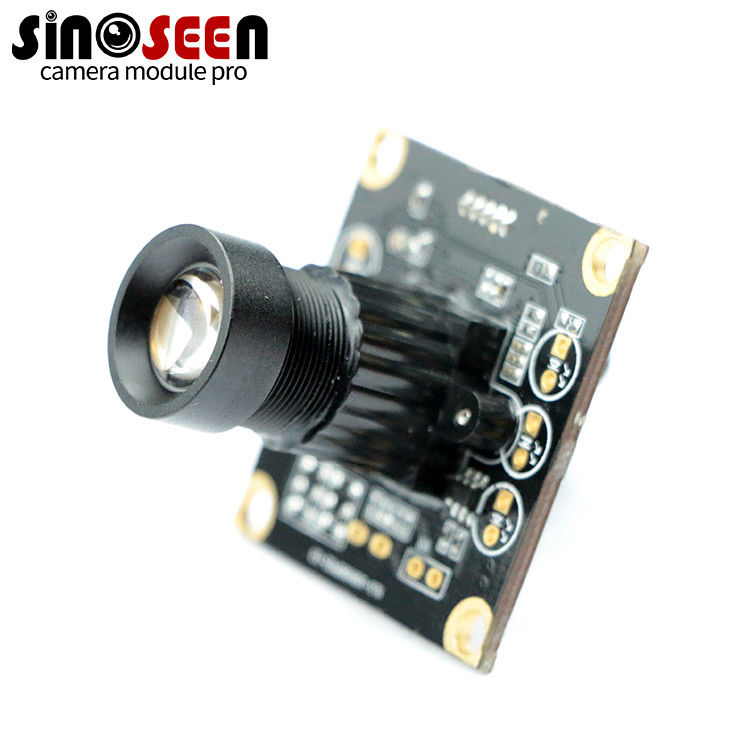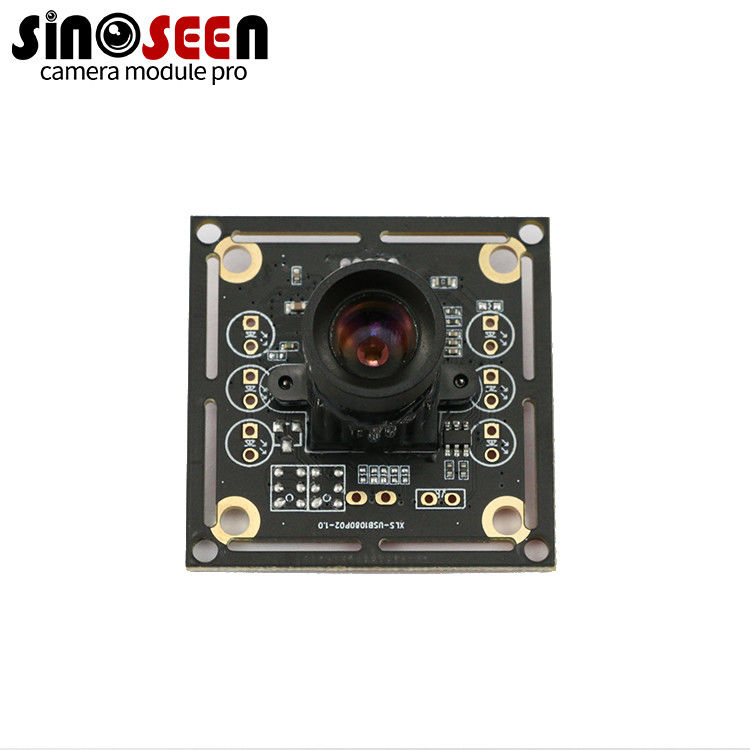Revolutionizing Healthcare: The Impact of Camera Modules in the Medical Industry
Introduction
The modules of the cameras, that had been mainly focused on the consumer electronic devices, have now wind up being utilized in the medical industry in a way that is groundbreaking. In this article we discuss the camera modules new resulting health care delivery and what impact it has had from taking medical imagining to the next level to improving the patients care.
Camera Modules in Medical Imaging
Medical imaging plays a vital role in the precise diagnosis as well as the procedure of treatment planning in healthcare. The camera modules serve as the key component of different imaging modalities, including X-rays, CT scans, and MRI for the obtaining of high-resolution images.
On the other hand, camera modules imply that real-time visualization becomes possible during endoscopy and laparoscopy which in turn assist medical professionals during decision-making. Per the most recent market research, the worldwide medical imaging market is forecasted to go up to USD 44.07 billion by 2026, perpetuated by the growing appetite for the premium imaging technologies.
Applications of Camera Modules in Diagnosis
The camera module helps in the diagnosis of a huge array of medical issues in various specialties from dermatology to ophthalmology and gastroenterology. In dermatology e.g, camera modules allow dermatologists to do detailed skin examinations and monitor the progress of skin diseases.
Analogously, in the field of ophthalmology, camera modules are used for retinal imaging as a way of detecting and monitoring early-stage diseases such as diabetic retinopathy and glaucoma. The usage of camera modules in the diagnosis has been playing a vital part in enhancing patients ‘ prognoses and decreasing healthcare costs.
Camera Modules in Surgery
In surgical procedures, the camera modules allow that surgeons see things much clear compared to the naked eye, and this result to precise operation and a better outcome. Image-directed/aided/guided surgeries, which are realized by camera modules, bring in accuracy and precision when they are used by surgeons to maneuvering into a complex anatomical structure.
On the other hand, there is the role of the camera modules which are very important in a minimal access surgery where the cameras are small and placed into the body through small openings. With this method we get a decrease of trauma, faster recovery, and higher patient's satisfactions.
Enhancing Patient Care with Camera Modules
The camera module has the potential in telemedicine and remote patient monitoring to extend and improve patient care beyond the operating room while at a distance. With the telemedicine platforms, camera modules are used in consulting virtually, therefore many geographical barriers are overcome and also provide access to care in rural and underserved areas.
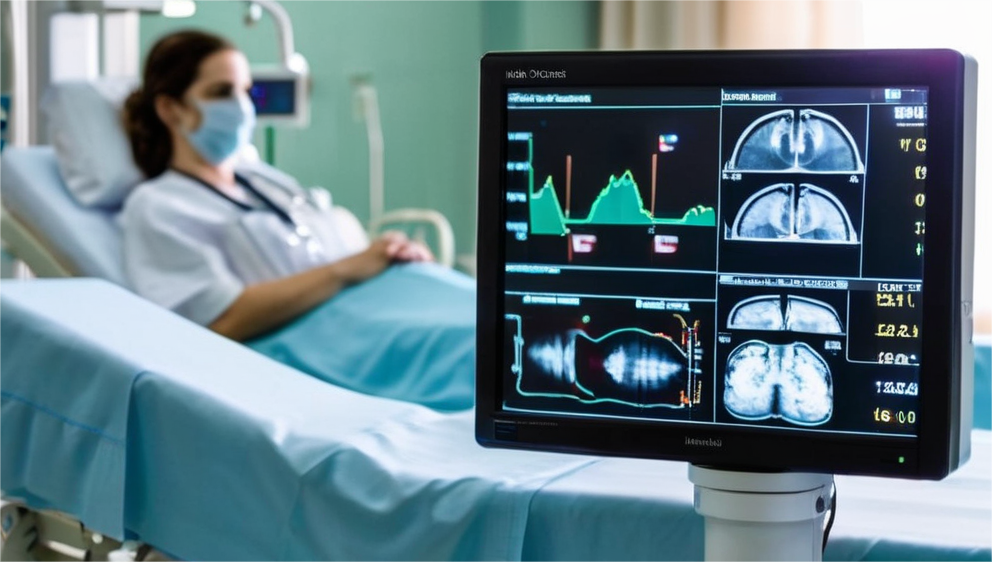
Meanwhile, the wearable camera modules are turning into tools for continuous health monitoring helping humans to track their vital signals as well as detect early warning signs of health problems. The combination of artificial intelligence and machine learning additionally upgrades the camera modules functionality through automated image analysis and personalized therapies suggestion.
Future Trends and Innovations
In the future, the application of artificial intelligence and machine learning techniques will probably be one of the key drivers in mastering the process of healthcare delivery. These applications may be used to interpret medical images with utmost speed and aid the doctors in reaching the optimal diagnosis in time.
Secondly, the use of camera modules intended for wearable smart devices paired with biosensors can be a game changer in the world of preventive care as they will enable real-time monitoring of dynamic physiological parameters. Nevertheless, issues for instance data security and regulatory compliances constitute the stumbling blocks for the full execution of these innovations.
Camera modules, in essence, continue to push ante in the medical industry and hence, they are reshaping the domain. By way of use in medical imaging, diagnosis, surgery, and patient care imaging systems tablet camera modules are changing healthcare supply. Technological progress is the key to making the most of camera modules. By taking the leap to integrate modern equipment into healthcare systems and by resolving the challenges, we can make use of the cameras to enhance the quality of patients' lives and to expand the field of healthcare.

 EN
EN
 AR
AR
 DA
DA
 NL
NL
 FI
FI
 FR
FR
 DE
DE
 EL
EL
 HI
HI
 IT
IT
 JA
JA
 KO
KO
 NO
NO
 PL
PL
 PT
PT
 RO
RO
 RU
RU
 ES
ES
 SV
SV
 TL
TL
 IW
IW
 ID
ID
 SR
SR
 VI
VI
 HU
HU
 TH
TH
 TR
TR
 FA
FA
 MS
MS
 IS
IS
 AZ
AZ
 UR
UR
 BN
BN
 HA
HA
 LO
LO
 MR
MR
 MN
MN
 PA
PA
 MY
MY
 SD
SD

